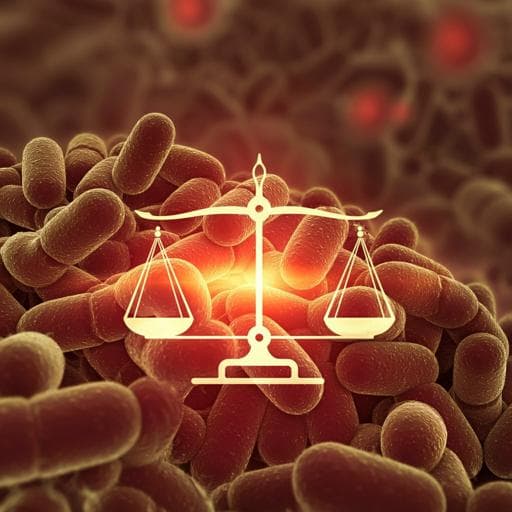
Health and Fitness
Commensal *Hafnia alvei* strain reduces food intake and fat mass in obese mice—a new potential probiotic for appetite and body weight management
R. Legrand, N. Lucas, et al.
This exciting study reveals how *Hafnia alvei*, a ClpB-producing commensal bacterium, shows promise as a probiotic for managing appetite and body weight, potentially revolutionizing approaches to obesity treatment. The research, conducted by Romain Legrand and colleagues, uncovers significant findings through experiments on obese mice, paving the way for new probiotic interventions.
~3 min • Beginner • English
Related Publications
Explore these studies to deepen your understanding of the subject.







